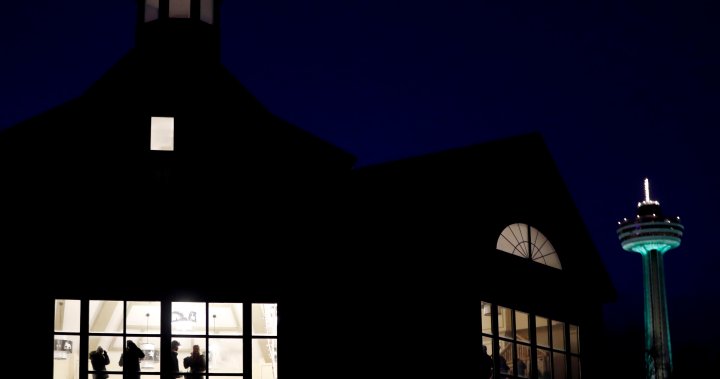In the past year, the federal government spent over $100 million housing asylum seekers in hotels in Niagara Falls, according to newly released figures from Immigration, Refugees and Citizenship Canada. Nearly 5,000 asylum seekers from countries such as Nigeria, Venezuela, Kenya, Turkey, and Colombia were accommodated in the tourist city for an average of 113 days at a cost of $208 per person per day. The total bill for the year was approximately $115 million, covering expenses such as rooms, meals, services, and security. However, the department notes that the tally is incomplete, as expenses from early 2023 were not fully monitored, and costs incurred since Jan. 1, 2024, have not yet been tallied.
The breakdown of the costs was revealed in response to an order paper question filed by Conservative MP Tony Baldinelli, who represents the riding of Niagara Falls. The influx of asylum seekers to the region has put significant pressure on local resources, with a report from Niagara Region highlighting concerns about the lack of affordable housing options after the asylum claimants complete their hotel stays. The immigration department states that access to federally funded hotels for asylum claimants in Niagara Falls is being provided temporarily, but it is unclear how long the program will last.
Starting in July 2022, Immigration, Refugees and Citizenship Canada began sending migrants arriving in Quebec to hotels in Niagara Falls in order to alleviate pressure on services in the neighboring province. This decision was made in response to the increased number of irregular migrants entering Quebec through the unofficial border crossing at Roxham Road. While the route was shut down in March 2023 as part of an agreement between Prime Minister Justin Trudeau and U.S. President Joe Biden, refugee claims at Canadian airports have since increased, with many claimants arriving in Montreal. Immigration lawyer Chantale Desloges emphasized the challenges governments face in trying to stem the flow of asylum seekers due to global volatility.
In January of this year, Immigration Minister Marc Miller announced an additional $362 million to temporarily house asylum seekers across the country, as Ontario and Quebec have linked the housing crisis to the rising number of temporary residents and asylum seekers. Miller acknowledged the need for reform in Canada’s immigration policies, describing the current system as a stopgap measure that has been in place since 2017 to address large historic migration flows. While Quebec and Toronto are set to receive significant funding from the additional $362 million, Ontario’s immigration minister expressed concerns that the amount allocated may not be sufficient to meet the needs of Toronto and other municipalities.
Despite the significant financial investment in housing asylum seekers in Niagara Falls and across the country, there is ongoing pressure on the federal government to address the challenges posed by the influx of asylum claimants. Asylum seekers continue to be accommodated in hotels on a temporary basis, but a long-term solution to the housing crisis is needed. The unpredictable nature of global migration trends underscores the complexity of the issue, with governments facing difficulties in managing the flow of asylum seekers and providing adequate support and resources to those in need. The debate over immigration policies and funding allocations reflects a broader conversation about the role of Canada in addressing humanitarian crises and ensuring the safety and well-being of vulnerable populations seeking refuge.


